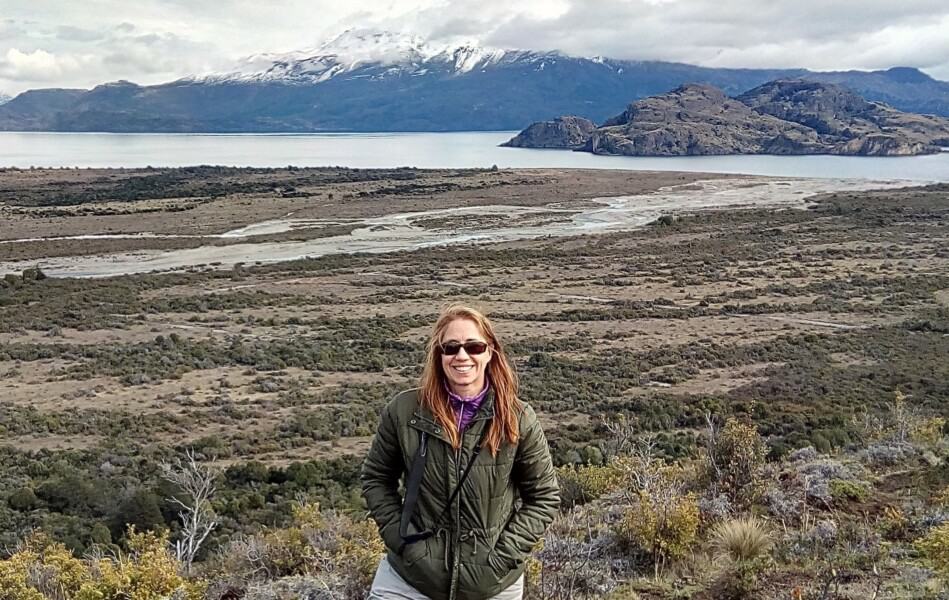Project Description
In support of the Mars Exploration Program’s overarching goal of characterizing habitable environments, the overall objectives of this work will be to use regional morphological studies to (1) identify the local aqueous environment, (2) constrain the amount and duration of aqueous activity, and (3) document changes in environment with time. Building on results from earlier phases of the research, PI Williams will conduct interdisciplinary studies of martian aqueous landforms through synthesis of THEMIS IR and VIS data with image data from CTX and HiRISE, as well as topographic data derived from CTX and HiRISE stereo image pairs for the performance period 10/01/2022 through 09/25/2025. Example areas of planned investigation include:
1) Assessing Temporal Thermal Signatures of Aqueous Landforms. New time-of-day THEMIS observations will be used to characterize aqueous landforms and provide new insight into surface materials. Key times on the diurnal curve observable in THEMIS data are the pre-dawn minimum temperature and mid-afternoon to early-evening cooling rate (expanded observations in E8 and E9). For example, thermal observations of terrestrial analogs demonstrate the varying thermal response rate for gravel-armored versus cemented surfaces, and suggest that critical temporal windows are particularly informative for discriminating these two surface types. Conversations with Co-I Jeff Moersch (University of Tennessee-Knoxville) to collaborate on this topic have included consideration of involving students in exploring existing data and acquisition of additional field measurements for refinement of this technique.
2) Characterization of martian fan deposits. A comprehensive global survey of martian fan deposits using high resolution CTX images documents the attributes of >1500 fans (Morgan et al., 2022). Four main morphologic categories of martian fans are identified and interpreted as alluvial fans and three varieties of deltas. The thermophysical properties of fans is an important aspect for unravelling the sedimentary and post-depositional processes, and interpretation is enhanced when built upon Earth analogs.
3) Characterization of fine-scale channel networks. Recent advances in the geographic distribution of fluvial dissection have largely been made associated with study of fine-scale channel networks, both valley network and sinuous ridges (inferred inverted fluvial landforms, ‘inverted channels’). Examination of the THEMIS nighttime infrared data and THEMIS-derived thermal inertia values will be two datasets used to identify these landforms, map their distribution and assess their thermophysical properties. This category of investigation may also include evaluation of alternate channel-forming processes, such as sapping, knickpoint retreat, or groundwater dissolution.
4) Thermal properties of sedimentary deposits associated with rover field sites. The thermal properties of landing sites have the benefit of orbital and surface images that complement the THEMIS data. The thermal properties of the MSL landing site have been described by previous researchers prior to landing, but needs updating to incorporate ground-based data, especially grain-size and compositional constraints. Integrating this dataset to understand the thermal properties of rock facies examined in situ provides a predictive tool for planning future investigations along the rover traverse, and knowledge for interpreting sedimentary deposits outside of the rover field region.

